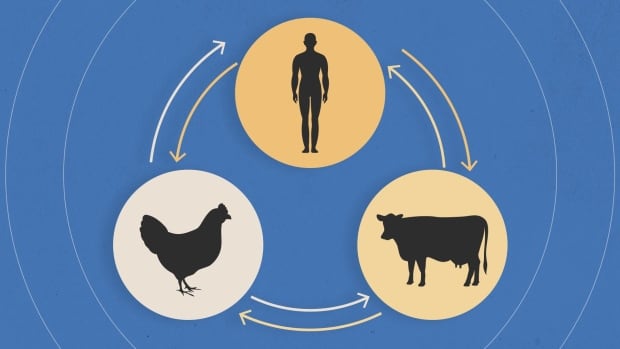Ontario hospitals with more than 35 per cent female surgeons and anesthesiologists had better patient outcomes, including fewer deaths, in the following three months after their surgery, according to a new study in Wednesday’s British Journal of Surgery.
“It’s not only about equity and justice,” Dr. Julie Hallet, one of the researchers, said in an interview. “It’s really about increasing performance and providing better care, which is really what we should all strive towards.”
Overall, female surgeons performed 47,874 (seven per cent) of all surgeries in Ontario from 2009 to 2019. Female anesthesiologists treated patients in 192,144 (27 per cent) of operations.
Reaching critical mass in the OR
In industries ranging from finance to technology to law, gender diversity is considered a way to improve team output, thanks to the range of experiences and viewpoints each person brings. But less is known about the operating room.
To find out more, Hallet, an associate professor of surgery at the University of Toronto, and her team from Vancouver, Ottawa, Montreal and Laval, Que., looked back at a decade of administrative health-care data from more than 709,000 surgeries at hospitals across Ontario for adults having major elective surgeries including cardiac, orthopedic and gastrointestinal.
The researchers said the new study builds on past work in 2023 from another team, which looked at individual doctors and patients, by now considering entire hospitals.
Hospitals that reached the 35 per cent critical mass saw a three per cent reduction in patients’ post-operative major complications, including death and admission to intensive care, after 90 days.
The association was even stronger when patients were treated with both female surgeons and anesthesiologists, they said.
Researchers from the United States, Italy, Australia and Japan have also observed better outcomes in other industries once teams had 35 per cent female members.

The number of female anesthesiologists and surgeons in Ontario rose by only five per cent over 10 years, according to the study. Half the hospitals included in the study didn’t reach the 35 per cent threshold or critical mass of women in 2019.
Hallett said the small increase shows there’s a lot of work to do.
The study’s authors said they were only able to consider assigned sex at birth.
Free to share perspectives
Dr. Saroo Sharda, associate dean of equity and inclusion at McMaster University’s Faculty of Health Sciences, called the study’s focus on patient outcomes compelling. Sharda was not involved with the study.
Sharda, an anesthesiologist, said the study builds on research she did over a decade ago in her graduate studies on the composition of surgical teams, and raises important questions about hierarchy and power.
“Why do we have underrepresentation of women in the OR?” Sharda said. “I think this idea that they talk about in terms of a critical-mass concept where minority team members can actually share their perspectives is exceedingly important.”
Sharda said in her own career, she’s experienced the ways perception of gender can play out in the OR, such as a surgeon or another staff member raising their voice at her in front of the team and patient, questioning her judgment, until a white male colleague backed up her treatment plan.
Pay gaps also need to close, Hallet said. A June 2023 study found that doctors in eight provinces who performed genitourinary (reproductive and urologic) procedures on female patients were paid 28 per cent less on an average than those who do similar surgeries on male patients.
Acquiring the right skills to treat kids who’ve suffered a traumatic injury can be expensive and time-consuming, but a new virtual reality tool developed at McGill University in Montreal aims to reduce those costs and hopefully save more lives.
Experiences of operating room staff also differ based on other ways including race and sexuality, Sharda said, which also depends on the culture of the organization.
Hallet said recruiting more female doctors into surgical streams also matters.
“A team of only male physicians will probably perform the same way as a team of only female physicians and both will be outperformed by balanced teams,” Hallet said. “So as you increase the proportion of female physicians, eventually you’re going to hit a wall where you don’t have any more benefits.”








